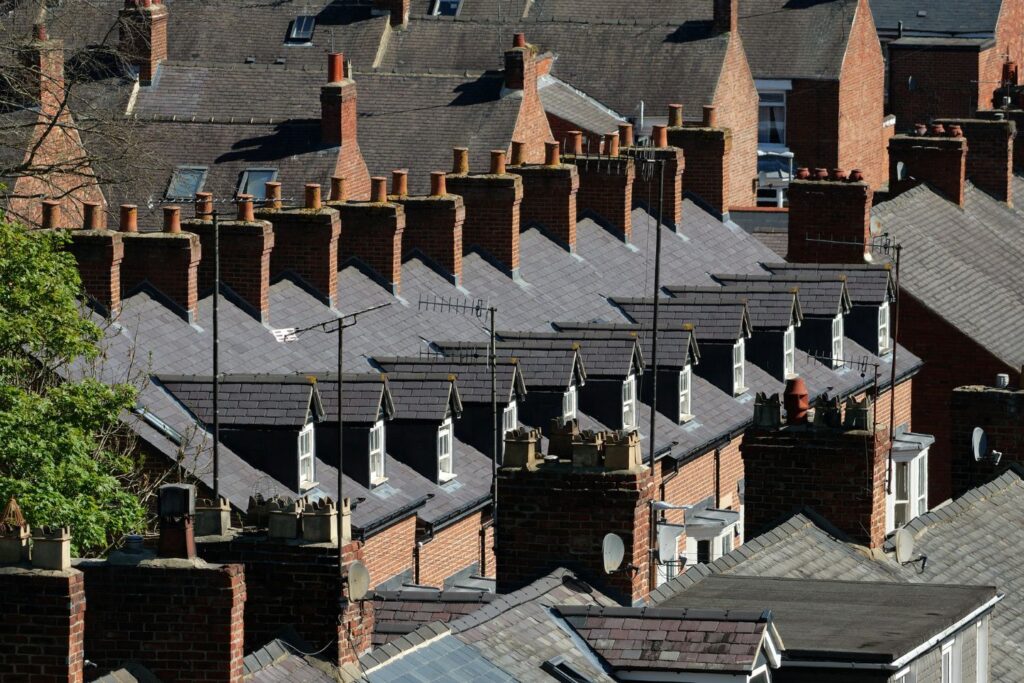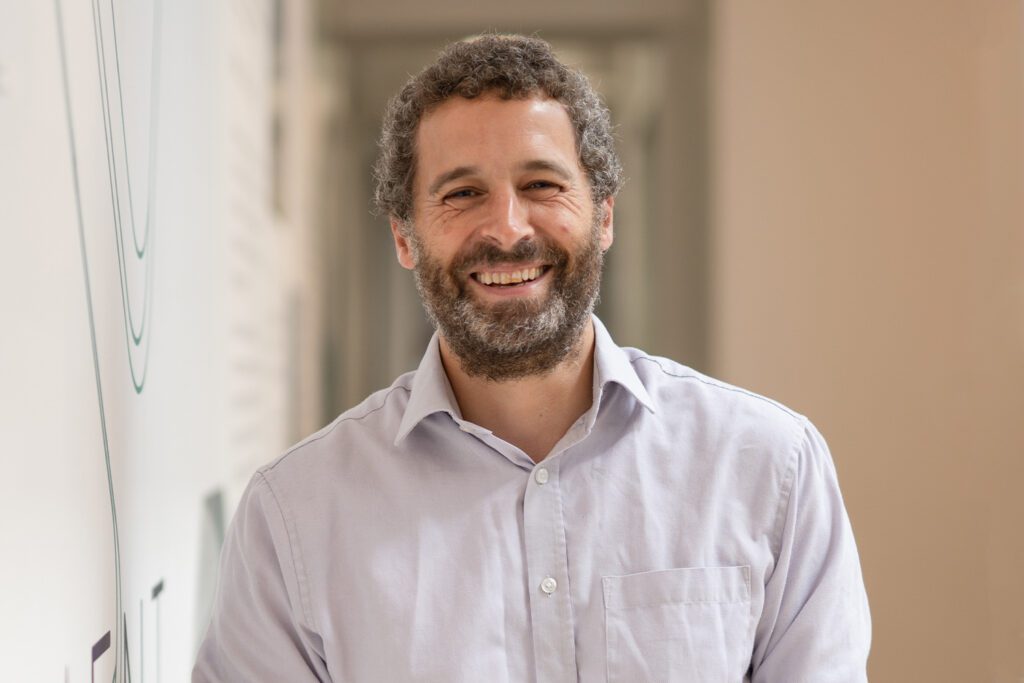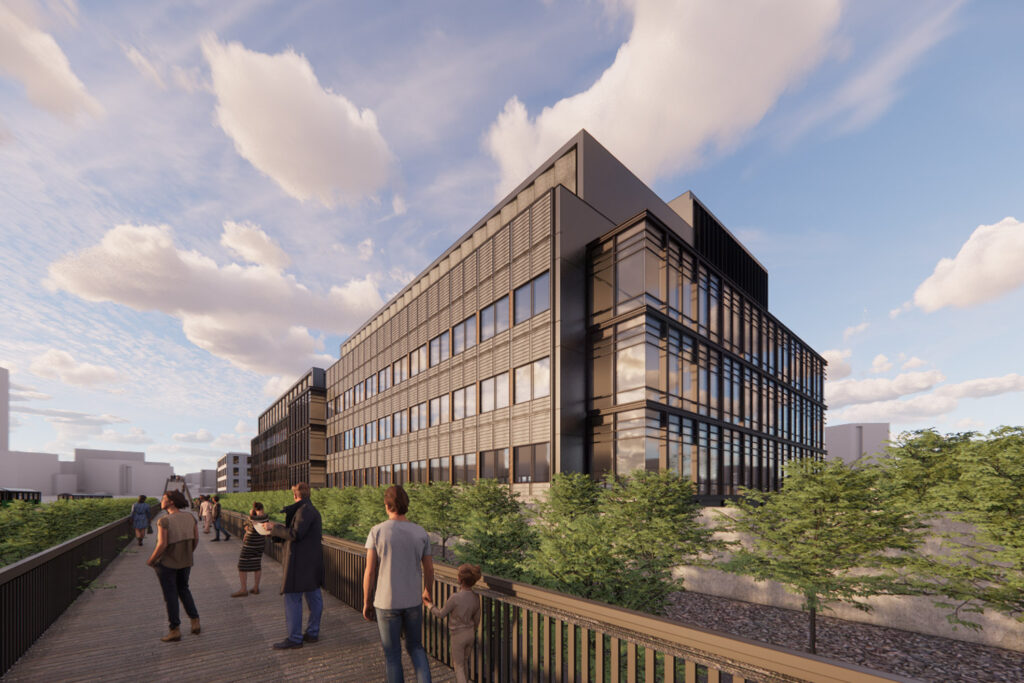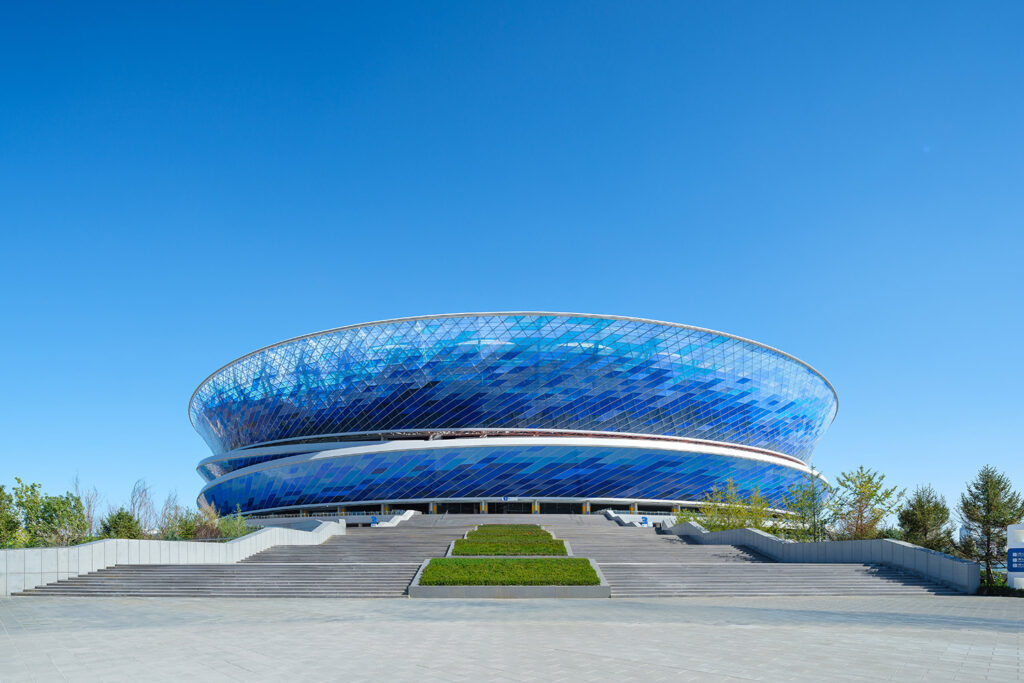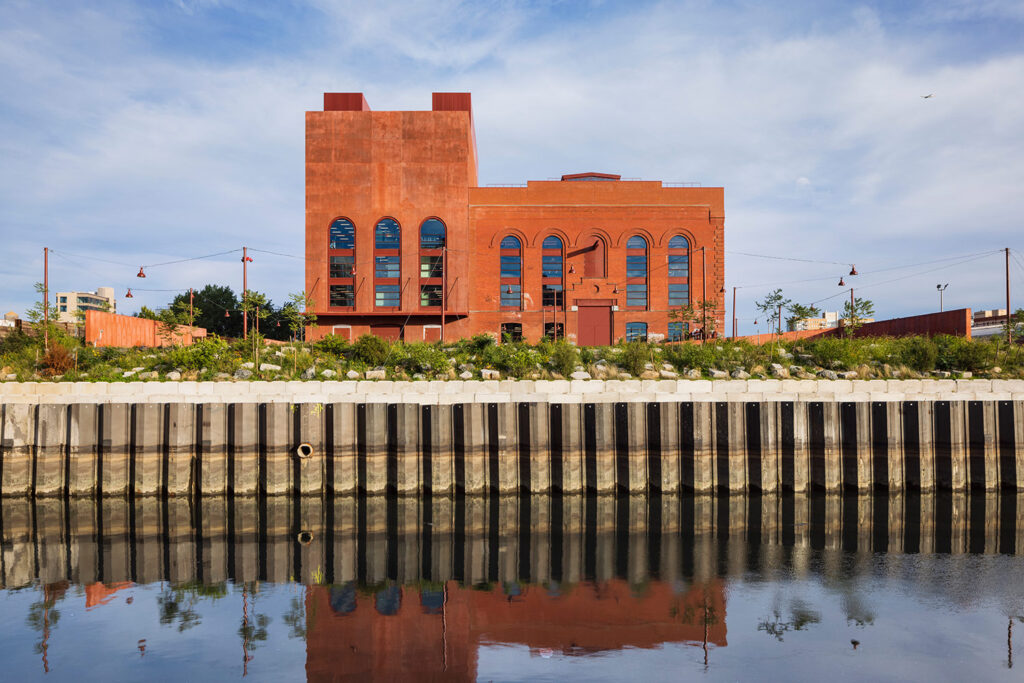
Battery Park City Sustainability Planning
New York, USA
Project details
Client
Battery Park City Authority
Duration
2019 – ongoing
Services provided by Buro Happold
Advisory, Environmental, Social and Governance Consulting, Strategic planning, Sustainability and energy transition advisory
Battery Park City has a long history of environmental leadership, building its status as a model for sustainable mixed-use urban development. The New York City neighborhood is managed by the Battery Park City Authority (BPCA) and stretches 92 acres, with 36 acres of parks and open spaces. The area is well-known for its environmental building standards and expansive waterfront parks and recreational spaces.
The Battery Park City Authority (BPCA) has enlisted the ESG (environmental, social and governance) expertise and consultancy of Buro Happold on multiple projects since 2019, building on BPCA’s rich environmental legacy and the many sustainable practices already embedded in its work.
Our experts worked with BPCA on a range of projects, from the development of a 10-year sustainability plan to the supporting technical building guidelines to support the transition. This was followed with a climate action plan and further exploration of greenhouse gas (GHG) emission reduction strategies and the potential for district energy to accelerate decarbonization. Buro Happold’s work with BPCA has also included the necessary resources that will support implementation, with the green guidelines that include best practice to follow across the district’s 22 million square feet of buildings and a sustainability implementation plan that outlines the specific steps to achieve BPC’s goals.
Challenge
The Battery Park City Sustainability Plan, Green Guidelines, and Sustainability Implementation Plan will pave the way over the next 10 years as Battery Park City prioritizes sustainability and works towards a carbon neutral neighborhood.
In Battery Park City, building energy consumption is responsible for the majority of (GHG) emissions produced on-site. Recently passed state and local laws have established mandates for reducing GHG emissions across all scales – from how energy is produced at a regional level to how it is consumed at a building level. While the buildings in BPC were designed to be more energy-efficient than typical buildings in New York City, further improvements are required to meet the aspirations for a carbon neutral neighborhood by 2050.
In 2019, the BPCA board of directors passed a resolution to develop a 10-year sustainability plan that would build momentum and put Battery Park City on a path towards carbon neutrality. In addition to internal goals, New York City’s Local Law 97 posed a challenge for buildings in Battery Park City to reduce their operational carbon emissions by 2030. These two challenges created a great opportunity for BPCA to develop a clear, actionable plan for the next 10 years. Buro Happold and a team of specialist consultants were selected to work with BPCA to develop that plan. Key goals from the plan include 70% of electricity to come from renewable energy sources by 2030, and a 33% reduction in GHG emissions from 2017 levels by 2030.
We needed a plan for Battery Park City to refresh our commitment to sustainability, setting goals for both for the authority itself, but also neighbourhood-wide actions. It was important to have an overarching sustainability framework first, not just a carbon action plan or a plan only focused on buildings. We found that Buro Happold brought a holistic sustainability perspective and enabled us to create a plan with strategies and actions around Energy, Water, Materials & Waste, and Landscape.
Sarah Fisher Curtin, Director of Sustainability, Battery Park City Authority
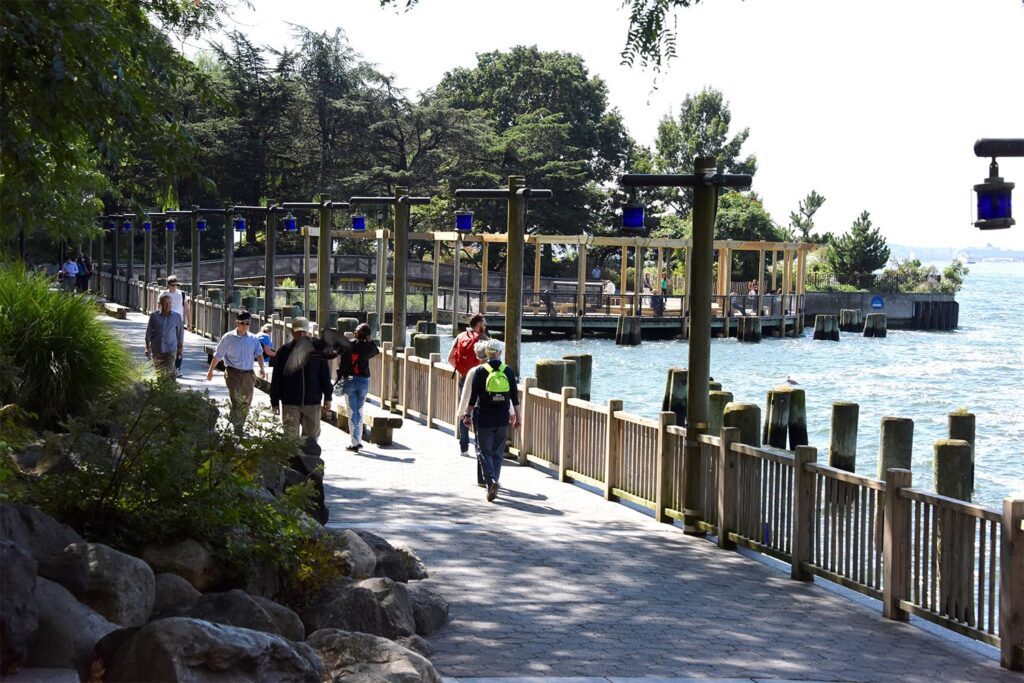
Solution
Buro Happold’s role in making this planning effort realistic and actionable, was to take the BPC’s sustainability targets and goals and develop these into an effective Implementation Plan, incorporated through the three key documents – the Sustainability Plan, the Green Guidelines, and the Sustainability Implementation Plan.
The Sustainability Plan set the vision and built out a 10-year plan for sustainability in Battery Park City, the Sustainability Implementation Plan details specific implementation steps to achieve sustainability milestones and targets, the Green Guidelines provide best practices on building-level sustainability interventions.
All three documents were informed by a stakeholder engagement process with BPCA staff and the wider community as well as a detailed existing conditions assessment of the buildings, infrastructure, and landscape. During the process, nearly 500 people participated and shared their own visions for sustainability at Battery Park City creating a strong network of local stakeholders who helped shape the documents and support the neighborhood’s long-term sustainability efforts.
The Sustainability Plan establishes a sustainability vision and three overarching goals to achieve Resource Management and Reduction, Innovation and Inspiration, and Education and Collaboration. To support the vision and these goals, the Plan identifies 18 strategies 25 targets, 64 supporting milestones, 46 actions, and 142 sub-actions across the topic areas of Energy, Water, Materials and Waste, and Site.

The Green Guidelines provide technical support and best practice for BPCA and Battery Park City building owners, managers, and tenants to enact the Sustainability Plan strategies. The Guidelines provide detailed information to support assessments, interventions, and practices related to existing buildings and new construction.
The Sustainability Implementation Plan outlines the policies, programs, partnerships, tools, and funding mechanisms that are available, or can be created, to assist in transforming the Sustainability Plan into a reality. The Plan expands upon the Sustainability Plan’s sub-actions and provides more detailed steps, responsible groups, and timeframes for implementation, as well as resources to support the implementation.
We developed an internal implementation plan for governance, outlining what we’ve learnt and what the client needed to do to be successful, from attracting the right people and skillsets to budgeting and accountability measures. We took a look at social impact and measures to tie in with improving quality of life. We also developed the plan around how we approached the diversity and variety of stakeholders.
In 2021, Buro Happold helped BPC to develop a Climate Action Plan, to show the pathways of getting to carbon neutrality by 2050, to help define aspirations and ensure that Battery Park City had a plan that was reflective of its leadership and the work it does. In 2022, Buro Happold began work to evaluate district energy scenarios in BPC to understand the feasibility of such options and if they can support accelerated decarbonization of buildings in the neighborhood.
Buro Happold got to know us as an organisation. They invested time in learning our sustainability aspirations and organizational drivers which resulted in plans and deliverables reflective of our goals and mission.
Sarah Fisher Curtin, Director of Sustainability, Battery Park City Authority
Value
Buro Happold has worked alongside BPCA on a series of ESG initiatives since 2019. The resulting suite of sustainability documents provide a holistic framework to encourage collaboration between BPCA, building owners and managers, local businesses, the community, and implementation partners. Together, Battery Park City will push ahead towards its sustainable future.
Through regular reporting and ongoing interaction between residents, employees, and visitors, the Battery Park City community can continue to be engaged as active and accountable participants in ESG success over the next decade.
I’m very excited to see that Buro Happold has tackled energy issues comprehensively for moving Battery Park City closer to energy resilience and net zero emissions by 2050. These include energy modeling, deep energy retrofits for buildings, transitioning buildings to all-electric systems, expanding the district energy system, supporting higher efficiency and better economy of scale, transitioning to an electricity supply to all renewable sources, tackling embodied carbon and continuous monitoring and reporting.
Dr. Vatsal Bhatt, U.S. Green Building Council, Vice President for Communities






